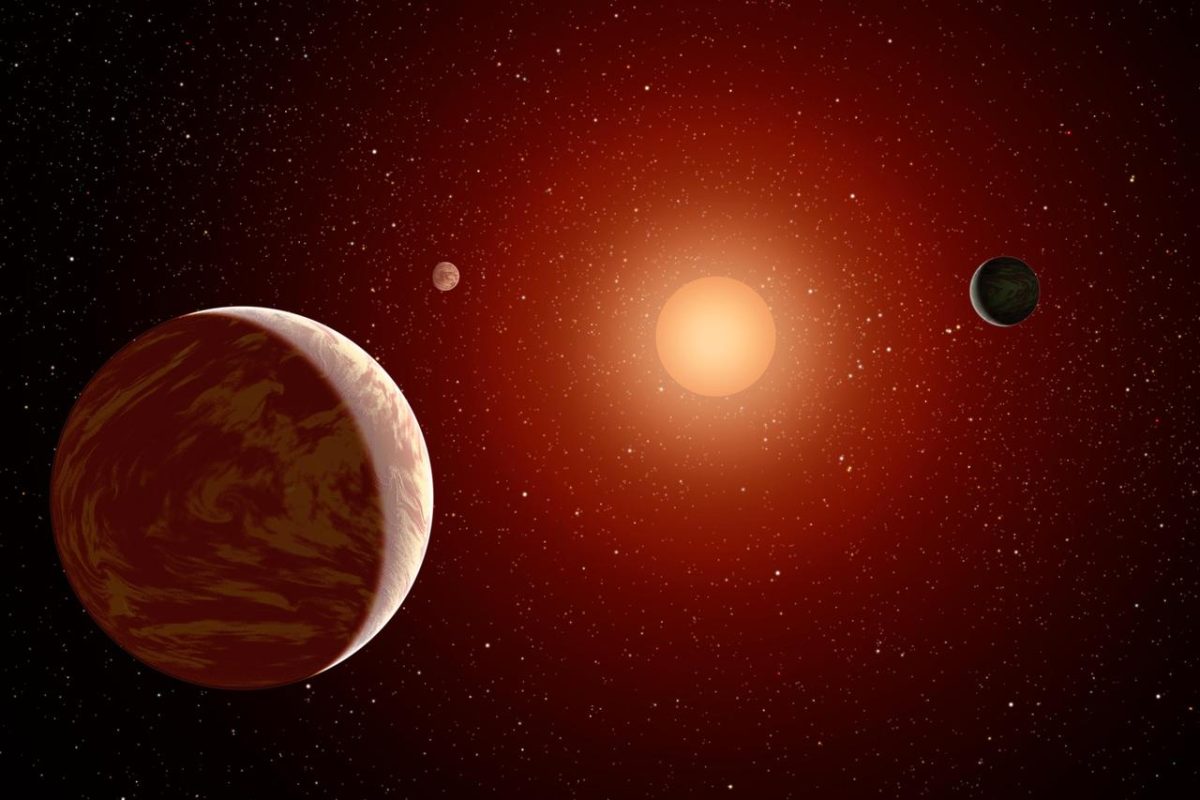Stars Invisible to the Eye Could Host Watery Exoplanets
Posted on Categories Discover Magazine

Dwarf stars invisible to the naked eye could be hiding a wealth of exoplanets that contain liquid water and suitable conditions for life, according to a new study. The faint red stars make up some 58 of the 100-plus billion stars in the Milky Way, so the new findings greatly expand the prospects for planet hunting.
Scientists already knew that red dwarfs hosted planets, but the new study estimates what percentage of their planets orbit in a way that preserves liquid water and chances for life.
What are the Chances for Life?
About a third maintain a “Goldilocks” orbit, the study says, that is just-right for water. That makes for a host of habitable new exoplanets – many hundreds of millions – seeing as a past study estimated that each red dwarf boasts, on average, three planets.
“This result is really important for the next decade of exoplanet research because eyes are shifting toward this population of stars,” says doctoral student and co-author Sheila Sagear in a press release.
Read More: European Spacecraft JUICE Travels to Jupiter’s Icy Moons
Why Focus on Red Dwarfs?
Astronomers are looking to red dwarfs, in part, because they are 3.5 times more likely than sunlike stars to host planets that are smaller than Neptune and closer to Earth in size.
“These stars are excellent targets to look for small planets,” says Sagear in the press release.
Red dwarfs burn at about 60 percent the temperature of the sun, so planets with liquid water must stay close to avoid freezing (but not too close). Their orbits can’t be too elliptical, either, as eccentric orbits exert tidal forces on the planet and heat it with friction. When such planets loop around, changes in gravitational forces tear at the planet, cooking it like Jupiter’s moon Io.
How Did the Study Track Exoplanets?
Astronomers have two main methods for studying the movements of exoplanets, the most common of which is observing how a planet “transits” across a star, or passes in front of it. The second-most-common involves studying how planets cause their stars to wobble through gravity.
For the new study, the researchers studied transit data from the Kepler Mission, a now-defunct space telescope NASA launched in 2009 to hunt for exoplanets. Kepler took repeated snapshots of 150,000 stars, looking for changes in brightness and evidence of planets, until NASA retired it in 2018. During its lifetime, the telescope led to the discovery of more than 2,600 planets, and the new study looked at 150 of those in orbit around red dwarfs.
By analyzing the planets’ transits, they calculated the distance and shape of their orbits and ruled out two-thirds as too hot or cold. A third fell within the liquid water zone, though the astronomers couldn’t confirm that the planets contained water.